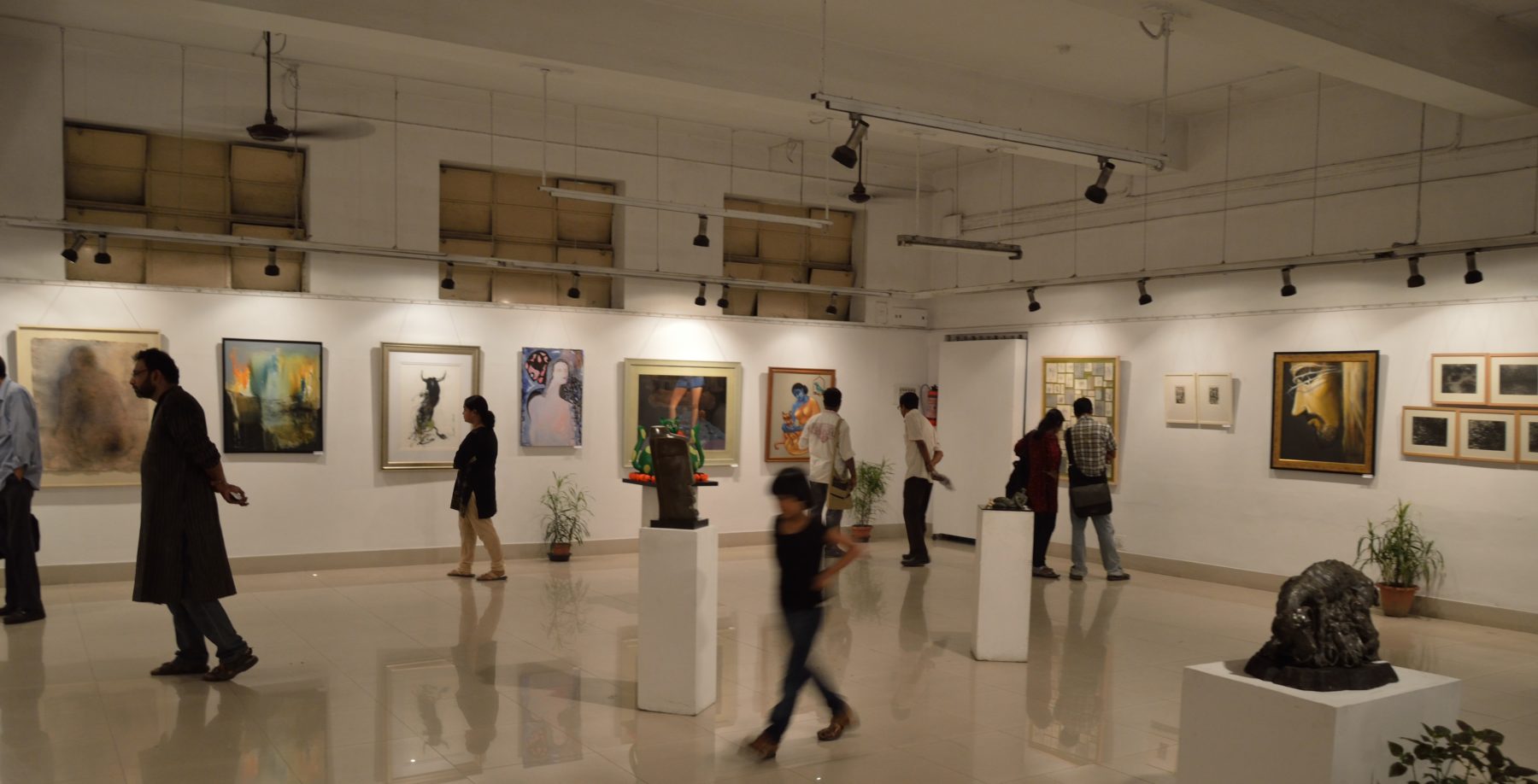1. Beatriz Garcia, Ruth Melville, and Tamsin Cox. University of Liverpool. “Creating an Impact: Liverpool’s experience as European Capital of Culture.” 2010. United Kingdom.
This report is a summary of the key findings and core messages of Impacts 08, the research programme evaluating the impacts of Liverpool, European Capital of Culture 2008 (Liverpool ECoC) on the city, the wider region and its people. Impacts 08 is a five-year joint initiative between the University of Liverpool and Liverpool John Moores University, commissioned by Liverpool City Council for the period 2005 to 2010.
2. Tony Newman, Katherine Curtis, and Jo Stephens. Community Development Journal. “Do community-based arts projects result in social gains?” 2003. United Kingdom.
Arts projects have become an important part of community development strategies. In addition to any creative achievements, projects are expected to have positive and measurable impacts on local social capital. Funding organizations routinely demand evidence for this, and formal evaluations of projects have become a condition of investment. However, quantifying the impact of the arts in terms of social gain presents considerable difficulties, arguably greater than in any other field of evaluation. These problems are not just methodological. They also raise the question of the extent to which creative processes can – or should – be managed and controlled.
3. Marilyn Smith, Rebecca Fisher, Joelle Mader. Department of Canadian Heritage. “Social Impacts and Benefits of Arts and Culture: A Literature Review.” 2016. Canada.
This literature review aims to summarize research in the areas of theory, evidence, measurement frameworks and indicators of social impacts. This study begins with an overview of key theories underlying and framing research in the area of social impacts of arts and culture. The review continues by looking at frameworks for measuring social impacts from critical and practical perspectives. This review concludes with the observation that while there is a preponderance of evidence that the arts and culture have wide-ranging, demonstrable positive social impacts and benefits, there is no consensus on how to measure these results.
4. Martin Turcotte. Statistics Canada. “Trends in Social Capital in Canada.” 2015. Canada.
This report examines trends for various indicators of social capital : social networks size and type, frequency of contacts with friends, civic engagement, trust in others and sense of belonging.
5. Meredith J. Ludwig, Andrea Boyle, and Jim Lindsay. American Institutes for Research. “Review of Evidence: Arts Integration Research Through the Lens of the Every Student Succeeds Act (ESSA).” 2017. United States.
The Every Student Succeeds Act of 2015 (ESSA) is a sweeping, 391-page law that transforms the federal government’s role in public education. This literature review explores research available on arts integration activities and finds 44 that could qualify for ESSA funding. Interventions, include those that use music to teach students fractions, drama to help improve vocabulary and dance to teach kindergarteners to read.
